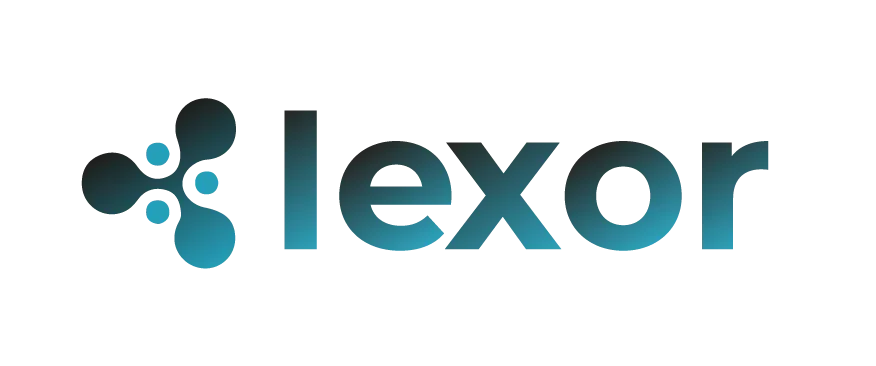How to Monitor Your Child’s Learning Progress with Technology

In today’s fast-evolving digital landscape, parents have unprecedented opportunities to monitor your child’s learning progress with precision, adaptability, and real-time feedback.
The traditional model of waiting for parent-teacher conferences or semester-end report cards is fading.
Instead, AI-driven analytics, interactive learning platforms, and smart educational tools now allow caregivers to track development dynamically—identifying strengths, addressing weaknesses, and fostering a truly personalized education.
But with great power comes great responsibility. How do we harness these tools without turning learning into a surveillance exercise?
How do we balance data-driven insights with the irreplaceable human touch of encouragement and mentorship?
The answer lies in strategic, intentional use—leveraging technology as a supportive guide rather than an overbearing watchdog.
The stakes are high. A 2024 UNESCO Global Education Report found that students whose learning was actively monitored via adaptive technology showed a 34% improvement in retention rates compared to traditional methods.
Yet, the same study warned against excessive reliance on metrics, emphasizing the need for emotional and creative growth alongside academic tracking.
This guide explores the most effective, ethical, and engaging ways to monitor your child’s learning progress in 2025—without stifling their curiosity or independence.
The Shift from Traditional to Digital Monitoring
For decades, parents relied on sporadic updates—graded assignments, occasional meetings with teachers, and standardized test results.
These methods, while useful, provided only snapshots of progress, often arriving too late for meaningful intervention. Today, technology bridges that gap, offering continuous, nuanced feedback.
Platforms like Khan Academy and Seesaw provide real-time dashboards where parents can see exactly which concepts their child masters—and where they struggle.
Instead of waiting for a failing grade, a parent can spot a misunderstanding in fractions the moment it appears and provide supplemental exercises before frustration sets in.
Yet, this shift isn’t just about convenience—it’s about closing the feedback loop faster than ever before.
Research from MIT’s Teaching Systems Lab (2023) highlights that immediate corrective feedback improves long-term knowledge retention by up to 50%.
When a child receives guidance while the lesson is still fresh, they’re far more likely to internalize the correction.
++Virtual Reality in Automotive Design and Engineering
However, digital monitoring isn’t without risks. An overemphasis on metrics can reduce learning to a series of checkboxes, stripping away the joy of discovery. The challenge? Using data to empower, not control.
Why Passive Observation Isn’t Enough

Waiting for problems to surface before addressing them is a reactive approach—one that often leaves children playing catch-up.
Proactive monitoring, on the other hand, allows for early intervention, preventing small gaps from becoming major obstacles.
Take Sophia, a 9-year-old in London. Her parents noticed through her Duolingo Kids progress tracker that she excelled in vocabulary but hesitated in speaking exercises.
Instead of waiting for her language teacher to flag this months later, they incorporated daily conversational practice at home. Within weeks, her confidence in speaking Spanish improved dramatically.
++Screen Time in Early Education: What’s Healthy and What’s Not
But monitoring isn’t just about academics—it’s also about engagement and motivation.
Tools like GoGuardian (used in many U.S. schools) analyze student screen activity, distinguishing between focused learning and distracted browsing.
If a child repeatedly switches tabs during math lessons, it’s a signal to explore alternative teaching methods—perhaps gamified learning or hands-on activities.
++The Role of Virtual Reality in Early Childhood Learnin
The key is actionable insight. Data is useless if it doesn’t lead to meaningful adjustments. Parents should ask: “What does this trend tell me, and how can I respond in a way that supports—not pressures—my child?”
The Best Tools to Monitor Your Child’s Learning Progress
Not all edtech tools are created equal. Some offer deep, granular insights, while others provide only superficial snapshots. The best ones strike a balance—detailed enough to be useful, intuitive enough to be practical.
1. Adaptive Learning Platforms
Programs like DreamBox Learning (link: DreamBox) use AI to adjust difficulty in real time. If a child breezes through multiplication, the system introduces more complex problems. If they struggle, it revisits foundational concepts without making them feel behind.
2. Parent Dashboards
Google Classroom’s guardian summaries (link: Google for Education) send weekly emails outlining assignments, missing work, and overall performance. It’s a non-intrusive way to stay informed without hovering.
3. Behavioral & Focus Analytics
Apps like Bark monitor study habits, flagging excessive distractions or signs of frustration. This helps parents identify when a child might need a break or a different learning approach.
| Tool Type | Best For | Limitations |
|---|---|---|
| AI Tutors | Personalized skill-building | Less effective for creative tasks |
| Progress Dashboards | Big-picture tracking | May lack depth in subject mastery |
| Focus Monitors | Identifying engagement dips | Privacy concerns if overused |
The right tool depends on your child’s needs—one size does not fit all.
The Ethical Dilemma: Tracking vs. Trust
While technology provides transparency, it can also strain trust if used invasively. A teenager who feels constantly monitored may disengage or even falsify progress to avoid scrutiny.
The solution? Transparency and collaboration. Instead of secretly checking a child’s learning app, review it together. Say, “I see you’re doing great in science—let’s celebrate that! What’s making it click for you?” This shifts the narrative from surveillance to partnership.
Consider Ethan, a 12-year-old who codes. His parents used Screen Time reports not to scold him for prolonged computer use but to discuss his projects.
This open dialogue turned monitoring into mentorship, fostering both accountability and enthusiasm.
The Future: Predictive Analytics & AI
The next frontier in educational monitoring is predictive analytics—tools that don’t just report struggles but anticipate them.
For instance, if a child’s error patterns in algebra suggest future difficulties with calculus, the system can recommend preemptive review sessions.
However, AI predictions aren’t destiny. They’re guides, not verdicts. Parents must balance algorithmic insights with an understanding of their child’s unique learning style.
Conclusion: Empowerment Over Control
To monitor your child’s learning progress effectively in 2025, technology should be a compass—not a leash. Use data to inform, not dictate. Celebrate growth, not just grades. And above all, preserve the human connection that makes learning meaningful.
Are you ready to turn insights into action—without turning support into surveillance?
Frequently Asked Questions
Q: How often should I check my child’s learning analytics?
A: Weekly check-ins strike a balance—frequent enough to catch trends, but not so constant that it feels oppressive.
Q: What if my child resists being monitored?
A: Involve them in the process. Let them explore their own data and set goals, fostering ownership rather than resistance.
Q: Are free tools reliable for tracking progress?
A: Some are (like Khan Academy), but premium platforms often offer deeper insights. Always check reviews and privacy policies.
Q: Can monitoring tools replace teachers?
A: Never. They supplement, not substitute, human guidance. The best learning blends tech efficiency with teacher expertise.
Q: How do I protect my child’s data privacy?
A: Use platforms compliant with COPPA (Children’s Online Privacy Protection Act) and avoid apps with vague data policies.
By staying informed and intentional, you can monitor your child’s learning progress in a way that supports—not stifles—their growth.
